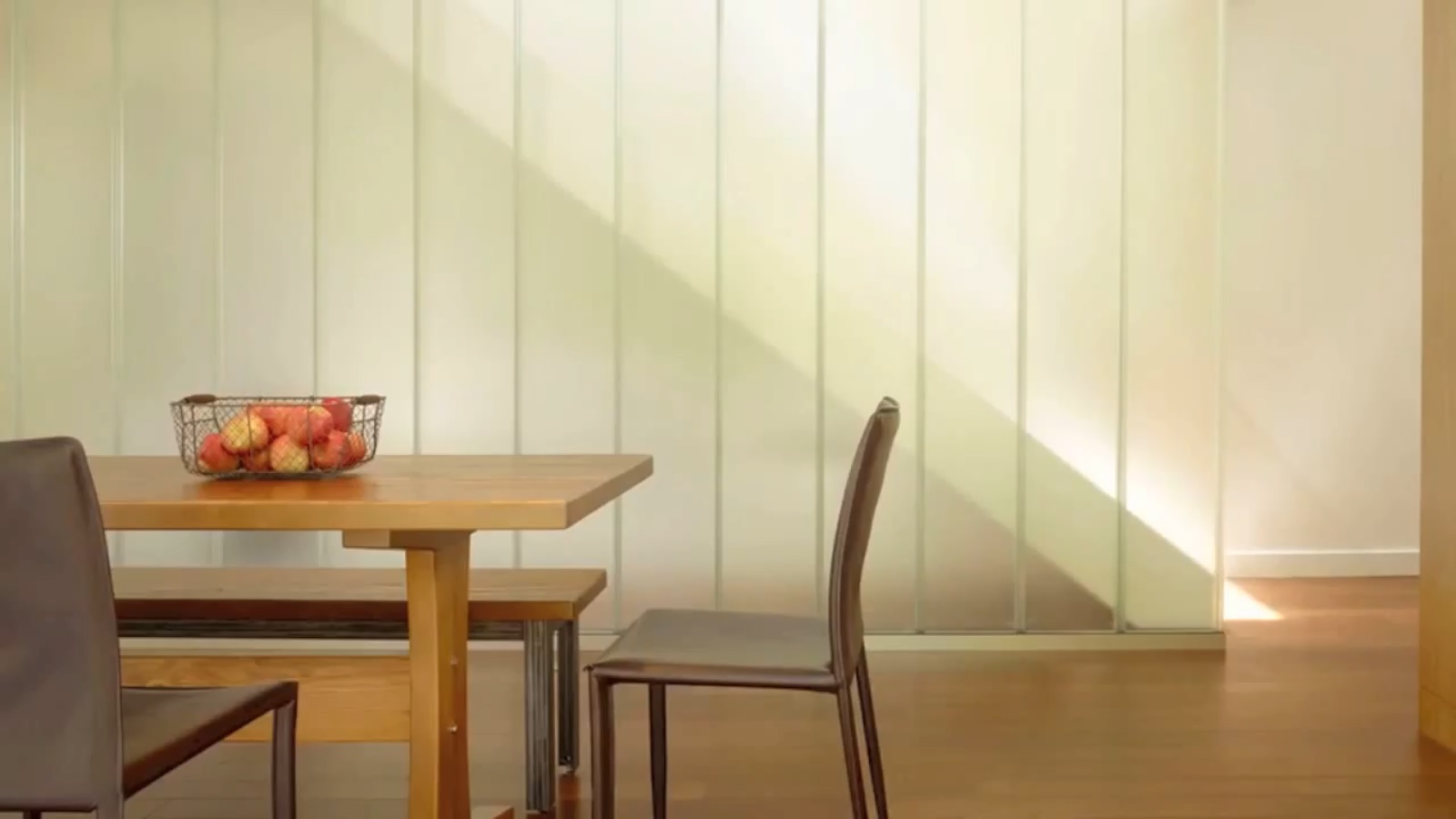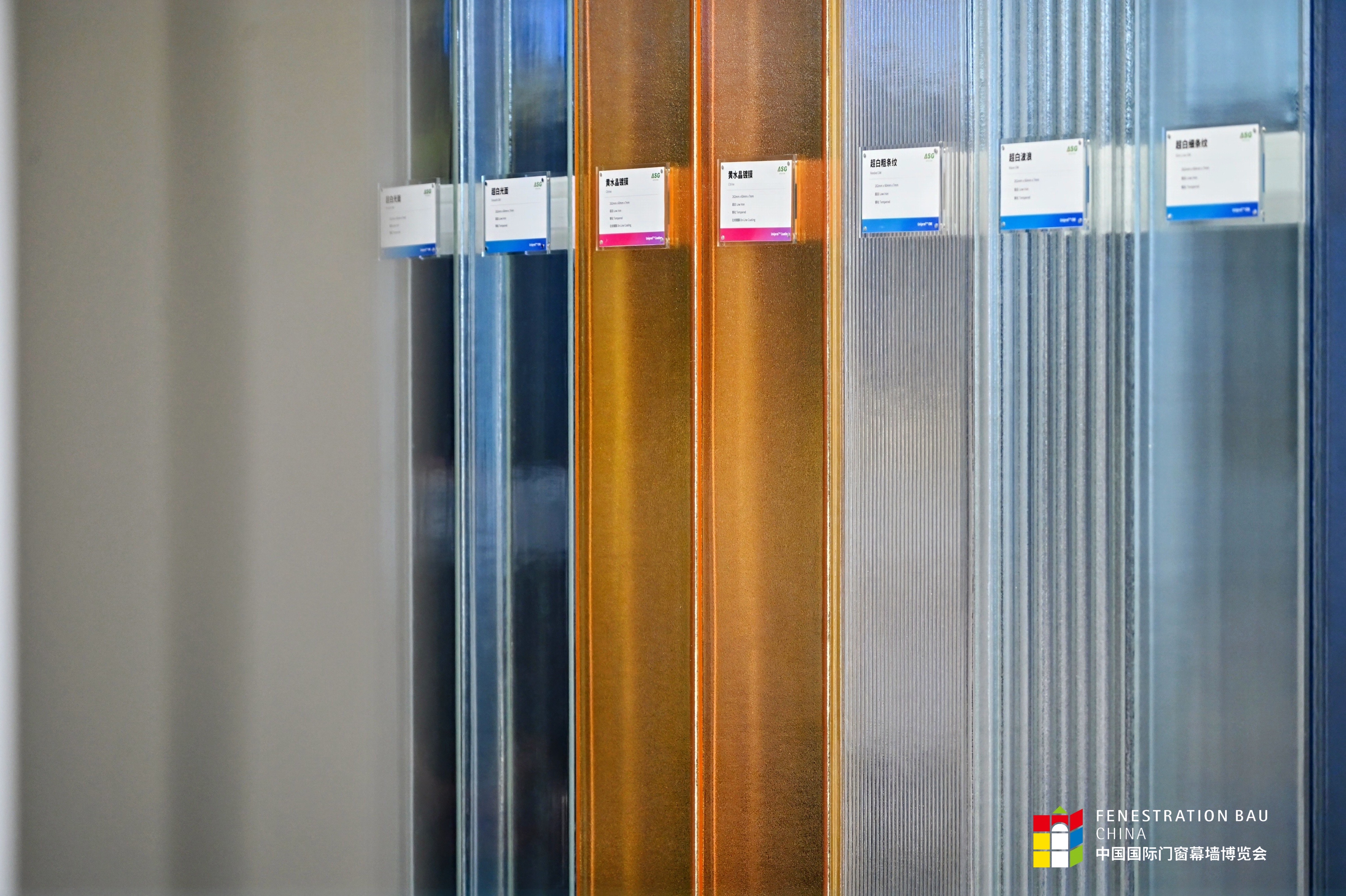An Architect's Guide to U Profiled Channel Glass (2)
2019-06-10

Museum-quality daylight
Because of its manufacturing process, translucent channel glass provides interiors with an evenly diffused light without shadows or hotspots. In fact, the day lighting properties of channel glass were one of the main reasons it was selected by Steven Hall for the recent addition to the Nelson-Atkins Museum of Art in Kansas City. Its exterior is draped almost entirely in channel glass. They're Hall created a series of lenses that permit daylight to wash the subterranean gallery spaces. Special treatments on the channel glass on the exterior walls inhibit the transmission of damaging UV rays to the interior spaces, and ensure an evenly diffused white light naturally illuminates the artwork. This type of glare free, diffused natural light is an excellent fit for the home too.
Exterior use
Because it's a resilient material channel glass can be used in both interior and exterior applications. For exterior use, it's typically installed in a double-glazed configuration, with one interior facing and one exterior facing channel. Many of the standard limitations of plate glass regarding size and span capabilities don't apply to channel glass, because of the structural qualities.
The shaping parts
The channels are suited to vertical spans up to 23 feet in length which exceeds a typical two-story eave height. And with unbroken horizontal spans exceeding 500 feet, channel glass creates the possibility of cladding entire structures in glass. For exterior use, the edges of the channels are captured and attached to the building with an aluminum or steel frame. What architects typically call a storefront or curtain wall system. The sub-frame that captures the upper lower and perimeter edges of the channels is visible here. This sub frame is necessary to keep water out and direct it to the exterior wall system.
Horizontal configurations lend themselves to harvesting the sun in a unique way, if they're paired with the right glass type. One of the major suppliers of channel glass has developed a type of glass called prism of solar, which has deeply cut v-shaped prismatic flutes. The flutes are turned to allow low angle winter solar radiation into the building while keeping the heat from the high angle summer sun out.
Thermal performance
Because standard glass in values are quite low hovering around R2, improving the thermal characteristics is a must for any exterior wall use. There are several ways to accomplish this. Special coatings on the glass are a good first step. These coatings can be chosen for their desired effect to reflect heat energy back into the building on the interior and to reduce the amount of solar heat gain being absorbed by the building from the exterior. Translucent glass by nature actually acts as a shading device in the intense afternoon sun, lowering the transmission of heat energy into a structure. Another even more efficient way of increasing the thermal properties is to add an interior blanket of translucent, light diffusing insulation between the glass channels. This way the system can reach close to R5. The insulation also aids in light diffusion, limits heat gain, limits sound transmission and slows vapor transmission.
Interior use
The self-supporting nature of glass channel planks means this glass lends itself to some wonderfully expressive applications indoors too. And a great variety of finishes and colors available make it right for experimentation. The clear vertical span of the channel glass separating the stair run in this space would typically require intermediate structural support framing for any other glazing option. But the channel shape and thickness allow the glass to span levels as a single piece. Insulation can also be added on interior double-glazed walls to boost a wall sound and light diffusing properties. A free-standing partition here separates the bathing space from the vanity, no special finishing was required of the channels other than tempering the glass for bathroom application. Interior partitions offer a great opportunity to rethink long-held ideas about glass being a solely planar material for which curves are usually out of the question. With channel glass, which uses a narrow module, the sections can be interlocked and staggered to conform to serpentine curves easily. The more pattern effect with channel glazing is subtle but quite beautiful, making the glass a perfect complement for a stair guard that changes as one passes by.
Color options
Standard glass contains iron which aids in lowering the melting point of glass but gives it a greenish cast. If you're looking for a clearer whiter glass you can specify low iron glass, or consider tinted backlit channel glass for even greater color control.








